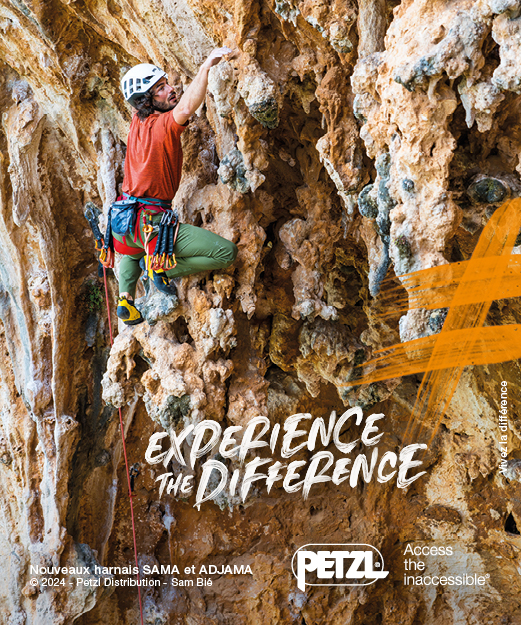How Shoulder Mobility Affects Your Climbing : injury prevention

Do you have pain between your shoulder blades after climbing? Trouble reaching your arms fully overhead? Do you find yourself slouching with your shoulders rotated inward? You might have poor shoulder mobility.
More and more climbers are dealing with chronic shoulder pain. This isn’t something we should be looking to simply grit our teeth and climb through. That’s a quick way to end up on the couch recovering from an expensive and painful shoulder surgery. Instead, all climbers should be incorporating shoulder mobility and injury prevention work into their routine.
The areas that generally limit shoulder mobility in climbers
- Thoracic spine (mid-back)
- Scapula (shoulder blade)
- Glenohumeral (shoulder joint)
Climbers need adequate mobility in all areas of the shoulder to climb efficiently. The thoracic spine, scapula and glenohumeral joint all contribute to overall shoulder mobility. A study by Schoffl et al. found that while finger injuries account for about 52% of rock climbing injuries, shoulder injuries have been on the rise from 5% (1998-2001) to 17.2% (2009-2012). The increase in this kind of injuries highlights the importance of addressing this region within a climbing injury prevention program. Including several exercices, like the ones on wobble boarding we’ve already presented.

The Thoracic Spine (Mid-back)
Climbing is a dynamic sport that tends to pull muscles and joints in an anterior (forward) direction. We have all seen the classic climbing hunchback at some point in our lives. This excessive rounding of the mid-back (thoracic kyphosis) can be attributed to muscle imbalances from climbing and poor posture.
Most climbing movements pull the thoracic spine out of its natural alignment. If we neglect integrating thoracic mobility exercises into our injury prevention programs, we may all end up looking like Quasimoto from the Hunchback of Notre Dame. First of all, the key to avoiding the climbing hunchback is to perform exercises that pull the thoracic spine into a more natural alignment by focusing on exercises that straighten or extend the spine.

Read the full article








No Responses
[…] one group of muscles can cause an imbalance if the antagonists are not trained. We see frequent shoulder and elbow injuries in climbers who get really good at pulling. But neglect the pushing/extending […]